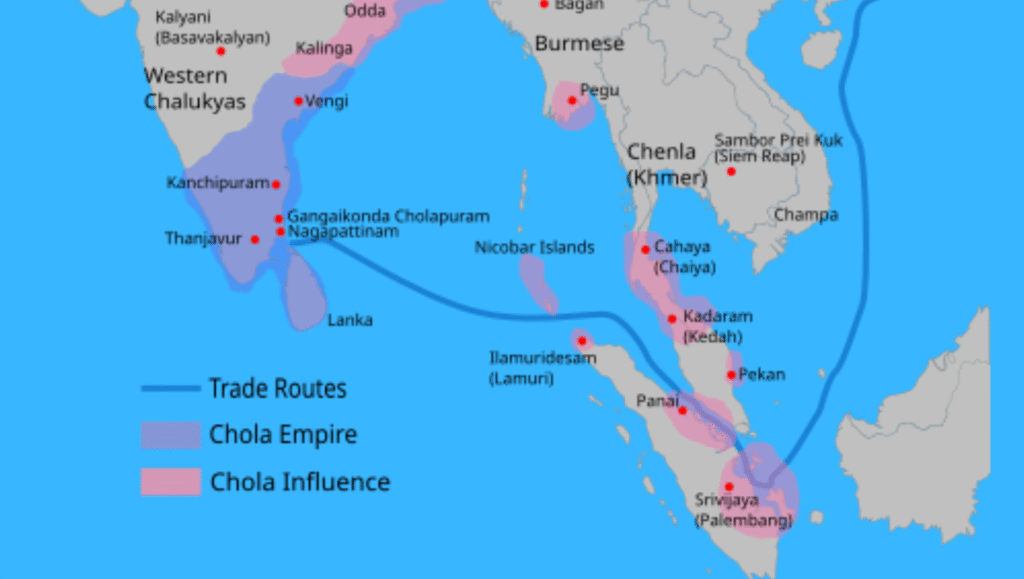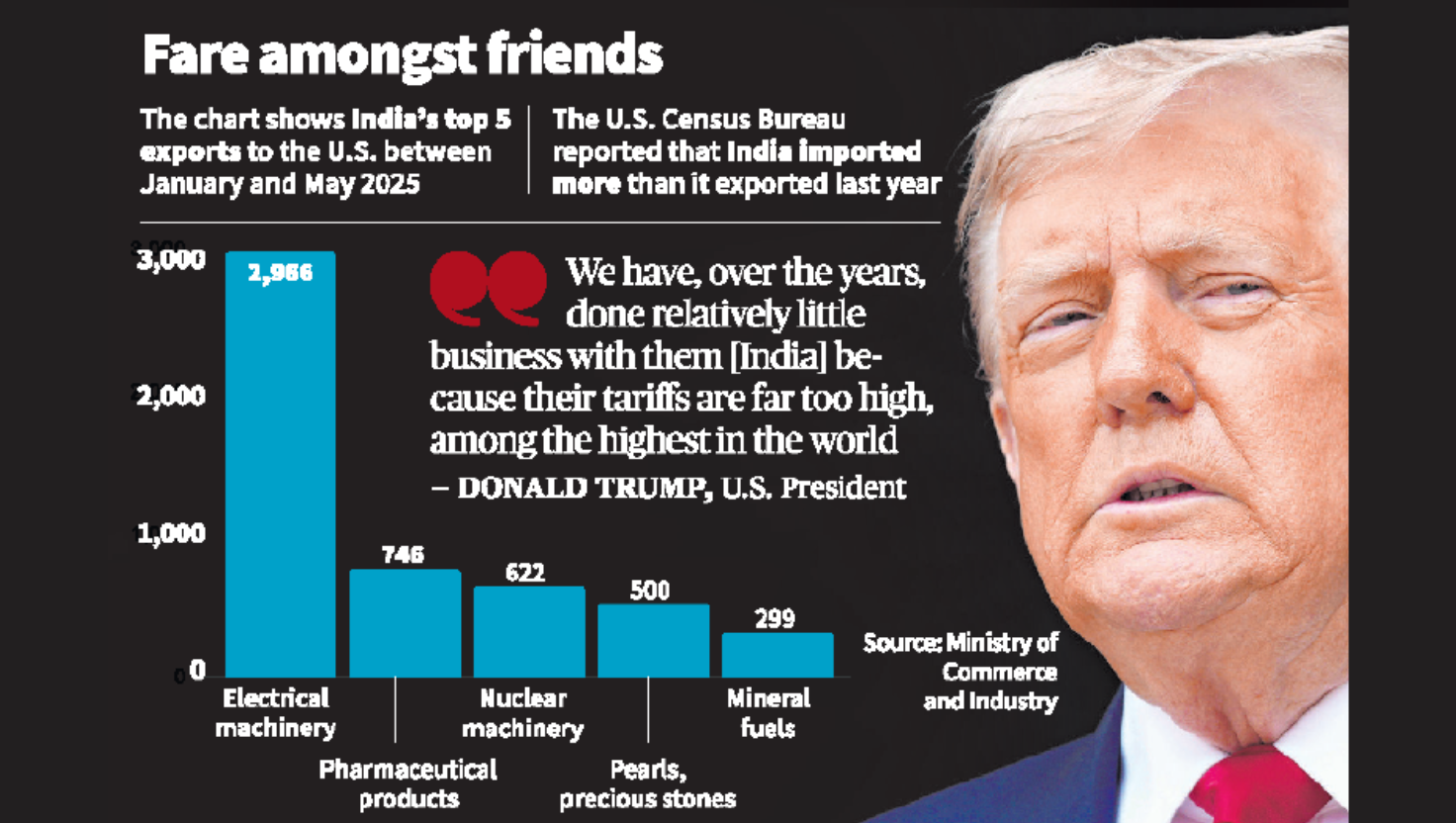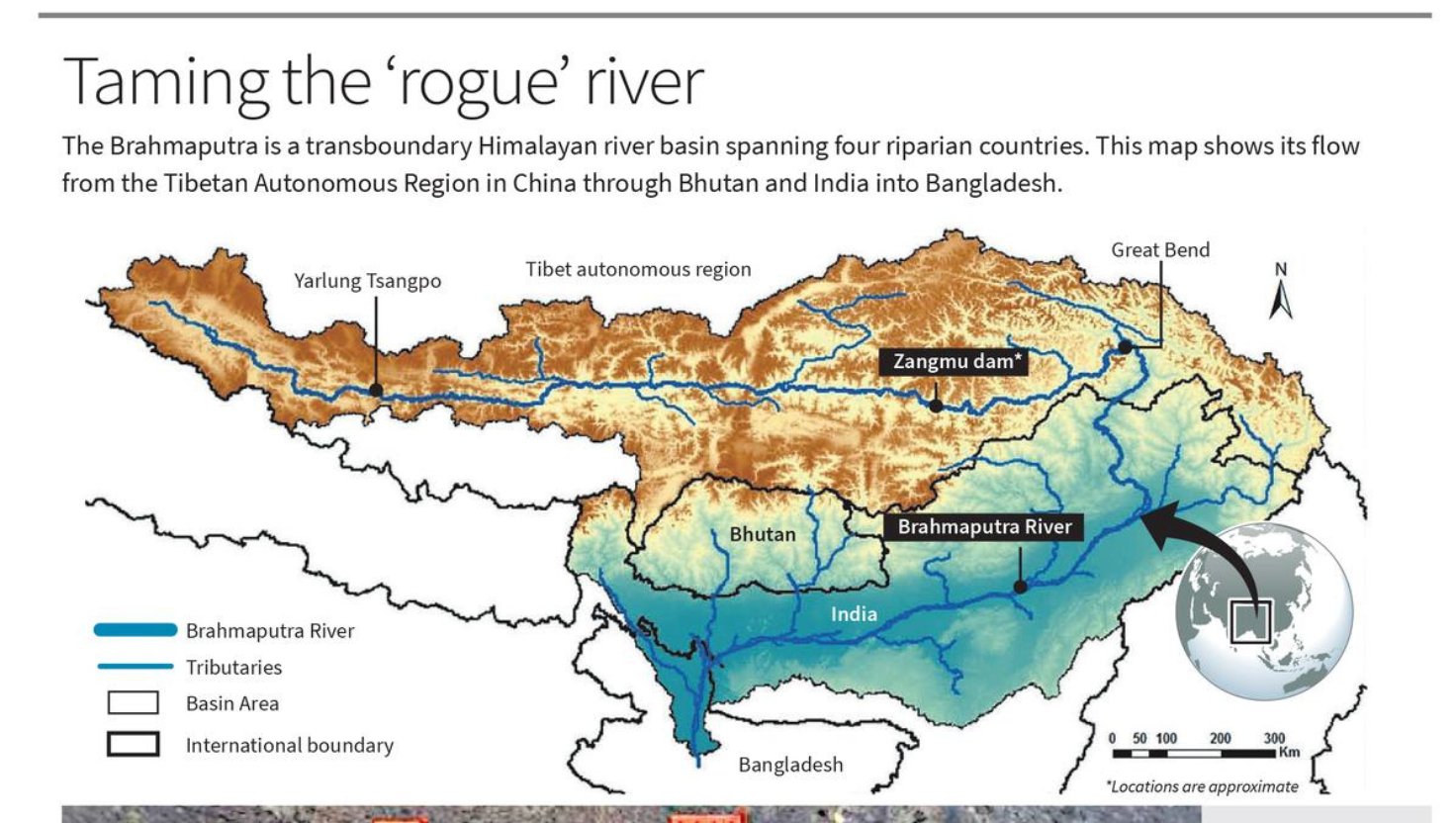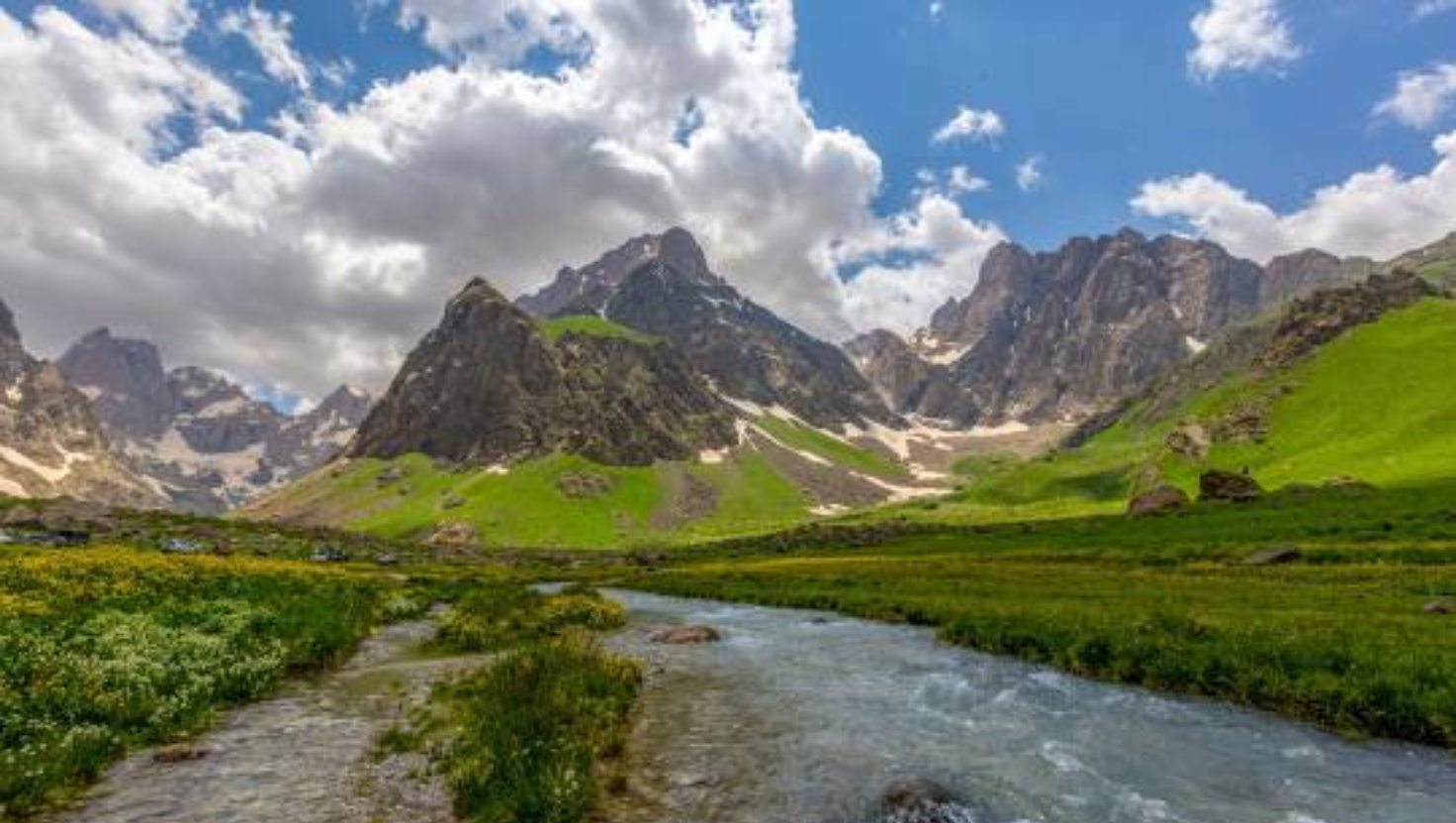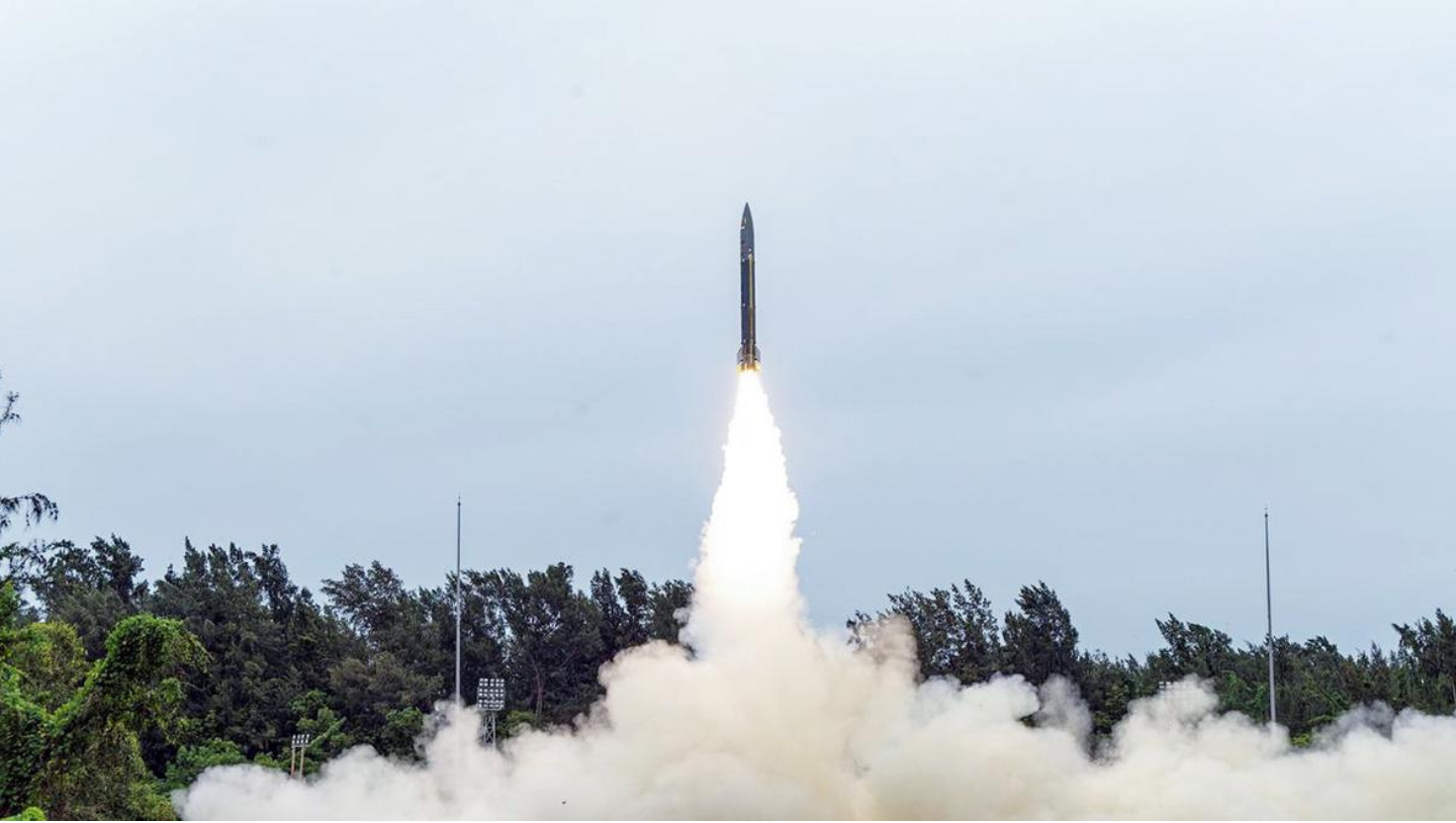Legacy of the Chola Dynasty
Syllabus: Indian History (UPSC GS I)
Source: The Hindu
Context:
On the birth anniversary of Rajendra Chola I, the Prime Minister visited Gangaikonda Cholapuram and highlighted the Chola dynasty’s enduring legacy in maritime strength, democratic governance, and cultural integration. Commemorative statues and a coin were also unveiled.
Who Were the Cholas?
- The Cholas were among the longest-ruling dynasties in South India, flourishing from the 9th to 13th century CE.
- Their empire extended across Tamil Nadu, Andhra Pradesh, Kerala, and overseas regions such as Sri Lanka and Southeast Asia.
Notable Chola Rulers and Contributions:
- Rajaraja Chola I (985–1014 CE):
Expanded the empire to Sri Lanka, built the Brihadisvara Temple, and strengthened the navy. - Rajendra Chola I (1014–1044 CE):
Led successful expeditions to the Ganga, Srivijaya, and Maldives, and built Gangaikonda Cholapuram. - Kulottunga Chola I:
Focused on internal administration, revenue reforms, and maintaining political stability.
Legacy of the Cholas
1. Political and Administrative Contributions
- Kudavolai System:
Early form of village-level elections using palm-leaf ballots.
The Uthiramerur inscriptions describe detailed rules for self-governance. - Decentralised Governance:
Power was shared with village assemblies (Ur, Sabha, Nagaram) responsible for tax, land, and judicial matters. - Efficient Bureaucracy:
Maintained structured administration with ministers, accountants, and revenue officers.
Land surveys and inscriptions documented property and irrigation systems.
2. Economic and Trade Networks
- Maritime Trade:
Established strong links with China (Song dynasty), Arab regions, and Southeast Asia.
Ports like Poompuhar and Nagapattinam were global trade hubs. - Merchant Guilds:
Supported guilds like Manigramam and Ayyavole 500, enabling long-distance commerce. - Irrigation and Agriculture:
Built large tanks, canals, and embankments (e.g., Cholagangam Tank), boosting agricultural productivity and temple-based economies.
3. Foreign Policy and Maritime Power
- Naval Expeditions:
Rajendra Chola I launched naval campaigns to Sri Lanka, the Maldives, and Srivijaya (Sumatra)—one of India’s earliest assertions of maritime power. - Cultural Expansion:
Influenced temple architecture in Southeast Asia (e.g., Angkor Wat, Borobudur) through trade and cultural exchange. - Diplomatic Ties:
Sent embassies to China, with Chola envoys recorded in Song dynasty chronicles.
4. Cultural and Religious Contributions
- Religious Pluralism:
Supported both Shaivism and Vaishnavism, building temples and mathas across the empire.
E.g., Brihadisvara Temple (Shaiva) and Veeranarayana Temple (Vaishnava). - Temples as Public Institutions:
Temples served as schools (ghatikas), courts, grain stores, and cultural centres. - Literature and Scholarship:
Patronised Tamil scholars like Kamban, Ottakoothar, and Sekkizhar, contributing to both religious and secular Tamil literature.
5. Art and Architecture
- Dravidian Temple Architecture:
Perfected large-scale temples with vimanas, mandapas, and axial layouts.
E.g., Brihadisvara Temple, Gangaikonda Cholapuram. - Bronze Sculptures:
Mastered lost-wax casting—notably the Chola Nataraja, symbolising Shiva’s cosmic dance. - Architectural Innovation:
Used granite, followed precise iconometry, and created intricate carvings, setting standards for future dynasties.
Decline of the Cholas
- After the 13th century, weakened by internal strife, Pandya resurgence, and Delhi Sultanate invasions.
- Remaining territories absorbed into the Vijayanagara Empire.
Modern Relevance of Chola Legacy
- Decentralised Governance:
Their village assemblies reflect today’s Panchayati Raj system. - Maritime Vision:
Inspires India’s Blue Economy and Indo-Pacific strategy. - Cultural Diplomacy:
Strengthens ties with Southeast Asia under the Act East Policy. - Heritage Conservation:
Temples like Brihadisvara are now UNESCO World Heritage Sites. - National Identity:
Revival of Chola heritage reinforces unity in diversity and cultural nationalism.
Conclusion
The Cholas represent a golden age in Indian history—marked by visionary governance, international trade, artistic brilliance, and cultural integration. Their legacy continues to guide India’s approach to decentralisation, maritime strategy, and global cultural outreach.

